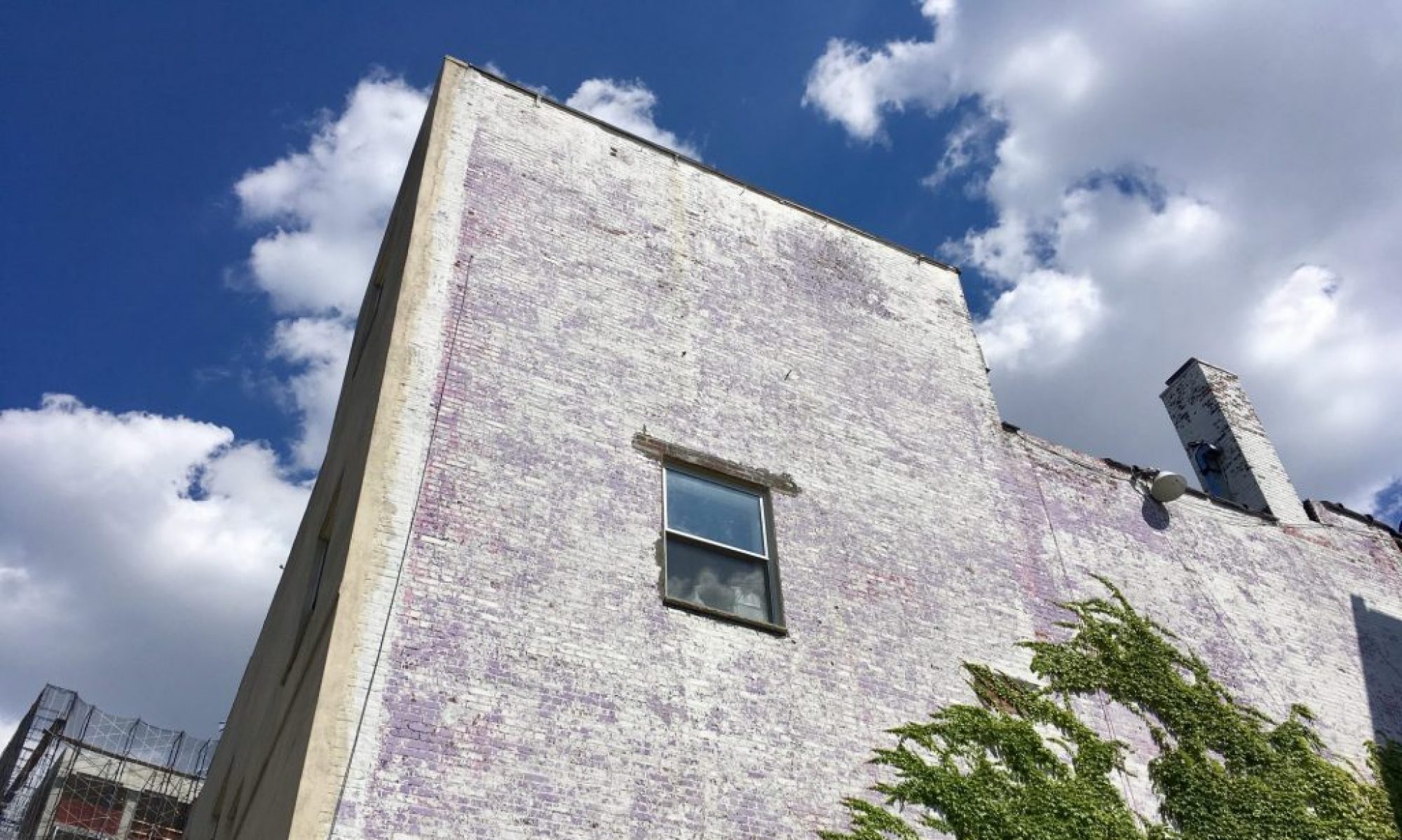I’ve continued to spend about a day a week researching my neighborhood for a possible radio documentary fellowship. I never figured myself for a history nut, but I’m suddenly getting all jazzed up geeking out over dates and court documents. Walking down the streets I keep thinking about how the sounds around me would fit into a radio piece–the squeals of children playing in McGolrick park, the gossip of elderly Polish speakers watching over their stoops, and the lapping of waves along the edge of Newtown Creek.
It’s incredible to find out how long New York regulators have ignored the oil seeping into Greenpoint, in spite of some pretty blatant warnings. Oil leaked from refinery pipes beginning in the 1940’s. In 1950, enough oil had seeped into the sewer system that it somehow combusted, causing an explosion in the business district that threw manhole covers as high as second story windows. The city wrote off the disaster as a natural gas leak, and from what I can tell no one looked into it further. Then in 1978, a Coast Guard helicopter flying over Newtown Creek noticed a giant plume of oil coming out of the water. Workers collected oil around the plume, but millions of gallons of oil remained in the creek and groundwater. After Mobil spilled an additional 50,000 gallons of oil into the creek in one week in 1990, New York State entered into consent orders with the company to require a clean up. But the agreement didn’t stipulate any dates for progress so Mobil could continue to evade responsibility.
I wanted to get a sense of what it was like to live in Greenpoint alongside such egregious environmental neglect. Laura Hoffman graciously welcomed me into her home to chat over coffee. Now a grandmother, Ms. Hoffman’s lived in Greenpoint all her life. Even her parents grew up just across Newtown Creek in Queens. They both died from rare brain diseases. Every one of their siblings died from some kind of cancer. Ms. Hoffman, all of her brothers and sisters, and all of her children have had unusual diseases too. Given the benzine, dioxin, and thalate emissions in the neighborhood, she sees the wave of newcomers moving into Greenpoint as future hospital patients. Gulp.
I loved listening to Ms. Hoffman’s thick Brooklyn accent as she lead me through her own account of Greenpoint history. Surprisingly, the neighborhood I know as “Little Poland” has only had an influx of Polish immigrants since the 1980’s, by her estimates. As a child she remembers mostly Irish and German American residents. Then in the 60’s and 70’s more Latinos came, and she recalls a lot of violent racial unrest during that time. She got her first glimpse of Greenpoint gentrification in the late 1990’s, when rezoning brought about the conversion of old buildings into condos.
Watching her family’s failing health, Ms. Hoffman began to complain about Greenpoint pollution to the EPA. But she was calling about pollution in a poor immigrant neighborhood. Pollution caused by companies that brought the state a lot of money. She says she’s still waiting for a response to her 1990 complaint about ash falling from the sky in front of her home. The lack of respect she got from regulators didn’t stop her from continuing to contact officials about her concerns. When I called her perseverance bold, she told me, “It’s not about being gutsy, it’s about being pissed off.” She compares her sense of turf to Vivienne Lee in Gone with the Wind. Sure, things have been bad in Greenpoint, but it’s the only home she’s ever had. She’s never considered leaving.
It’s time for me to close the cheese shop, but I promise some resolution to this story in my next post.

